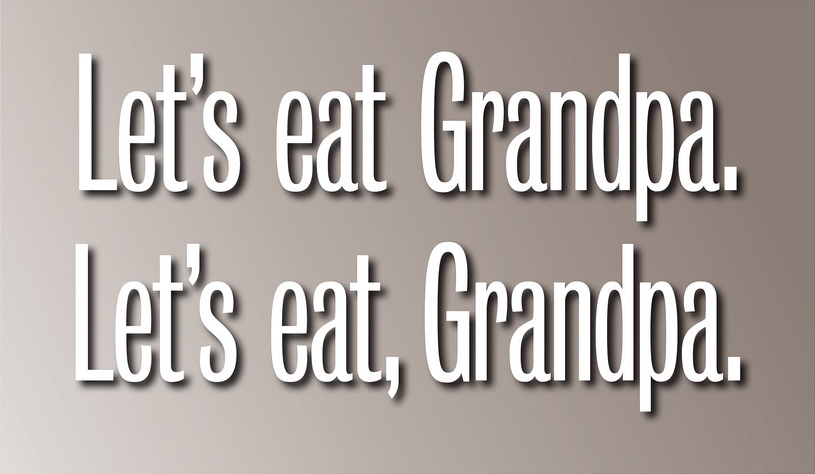While most of us have certainly intensely discussed the comma rules that govern German punctuation in German class at school, fewer students have talked about guiding principles of English punctuation and when to use commas in written English. There is the misconception that commas are only used when the writer of a text feels like there needs to be a pause in a sentence. While of course, commas indicate pauses, there are still precise rules for comma usage in English that do not solely depend on the subjective need of the writer to have a pause in a sentence. Here is a list of the rules that will help you to decide when to use a comma. Have a look at them in order to avoid tragic errors!
| Rules | Example sentences |
|---|---|
| In enumerations | Commas, semicolons, periods, exclamation marks, and interrogation marks are punctuation marks. (This last comma before 'and' is called the Oxford comma. It is an optional stylistic choice.) |
| After transitional words, expressions, and introductory prepositional phrases | For example, this is a sentence that requires a comma. In this case, we need to put a comma after the prepositional phrase at the beginning of the sentence. Hence, you should do likewise in similar sentences. |
| Before and after transitional words and expressions that are embedded in the sentence | In a phrase like this one, for instance, you have an embedded phrase. You should check, therefore, if you have placed two commas. |
| After an if-clause at the beginning of a sentence | If the if-clause it at the beginning of the sentence, you need to use a comma. You do not use a comma if the if-clause comes after the main clause. |
| Before a shift in meaning, e.g. before words such as but, yet, while, whereas, though, although, not | Most people do not know the comma rules in English, but now you do. Many think that there are no rules for using commas, whereas there are in fact plenty. |
| After conjunctions such as and, but, and or only in long sentences | You do not normally use a comma after these conjunctions in most of the cases in the English language, but there is an exception in long sentences as the comma will help the reader understand what you want to say. |
| Before non-defining/non-restrictive relative clauses | This sentence, which clearly has a non-defining relative clause in it, requires commas. In sentences where there is a defining relative clause you do not use commas. |
| No comma with both | Both commas and semicolons are punctuation marks. |
| No comma between two main (independent) clauses | Using a comma between two main clauses is called a comma splice and considered an error in English writing style; use a semicolon instead. |
| No comma between the subject and the verb or the verb and the object, even if the subject or object is a clause, or when the subject is separated from the verb by a clause | I admit that this rule is a bit confusing. I like how this table turned out. The fact that there are no commas in these three sentences is correct. |
Check out this exercise that we have made to see if you understood the rules!



